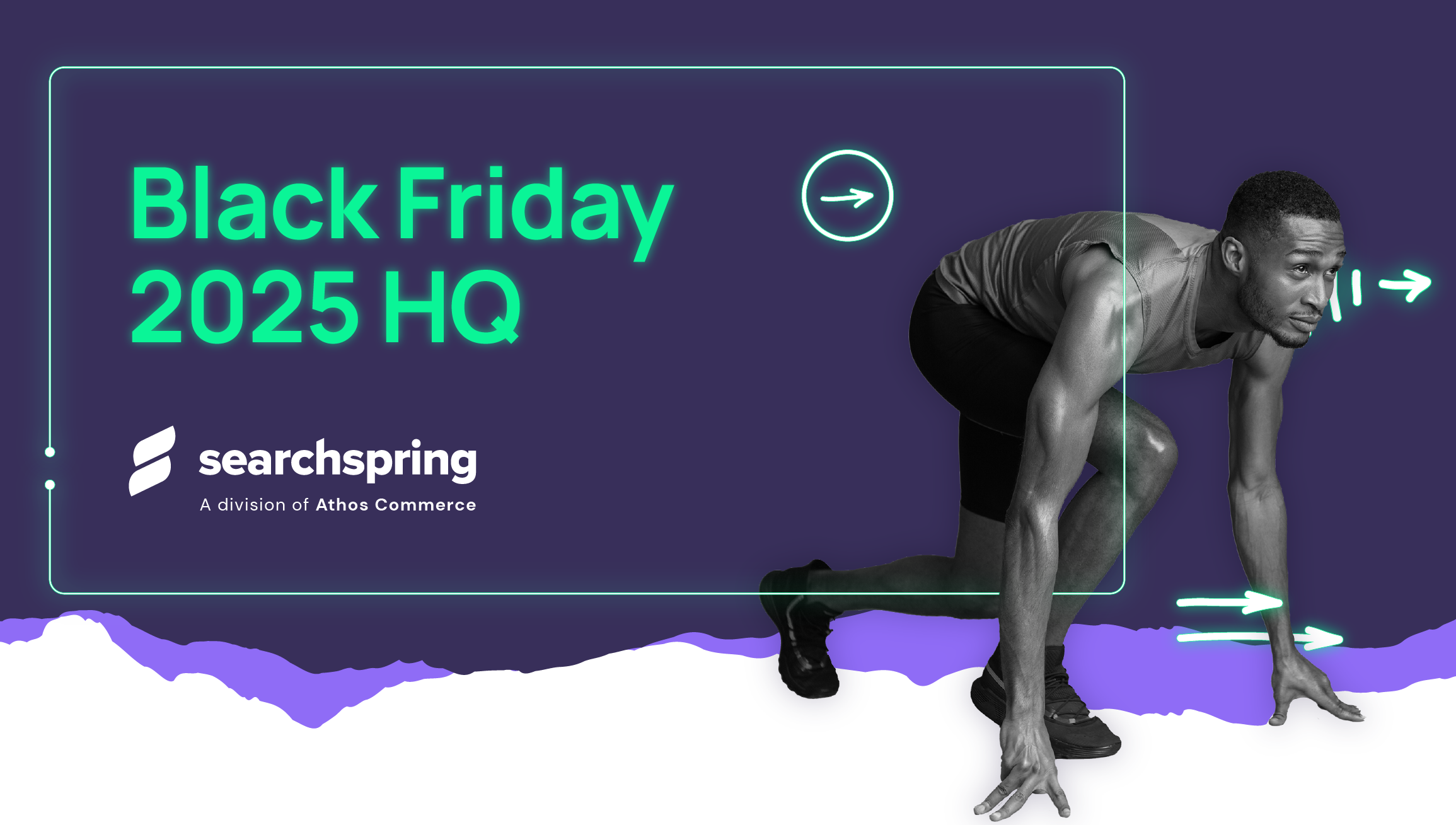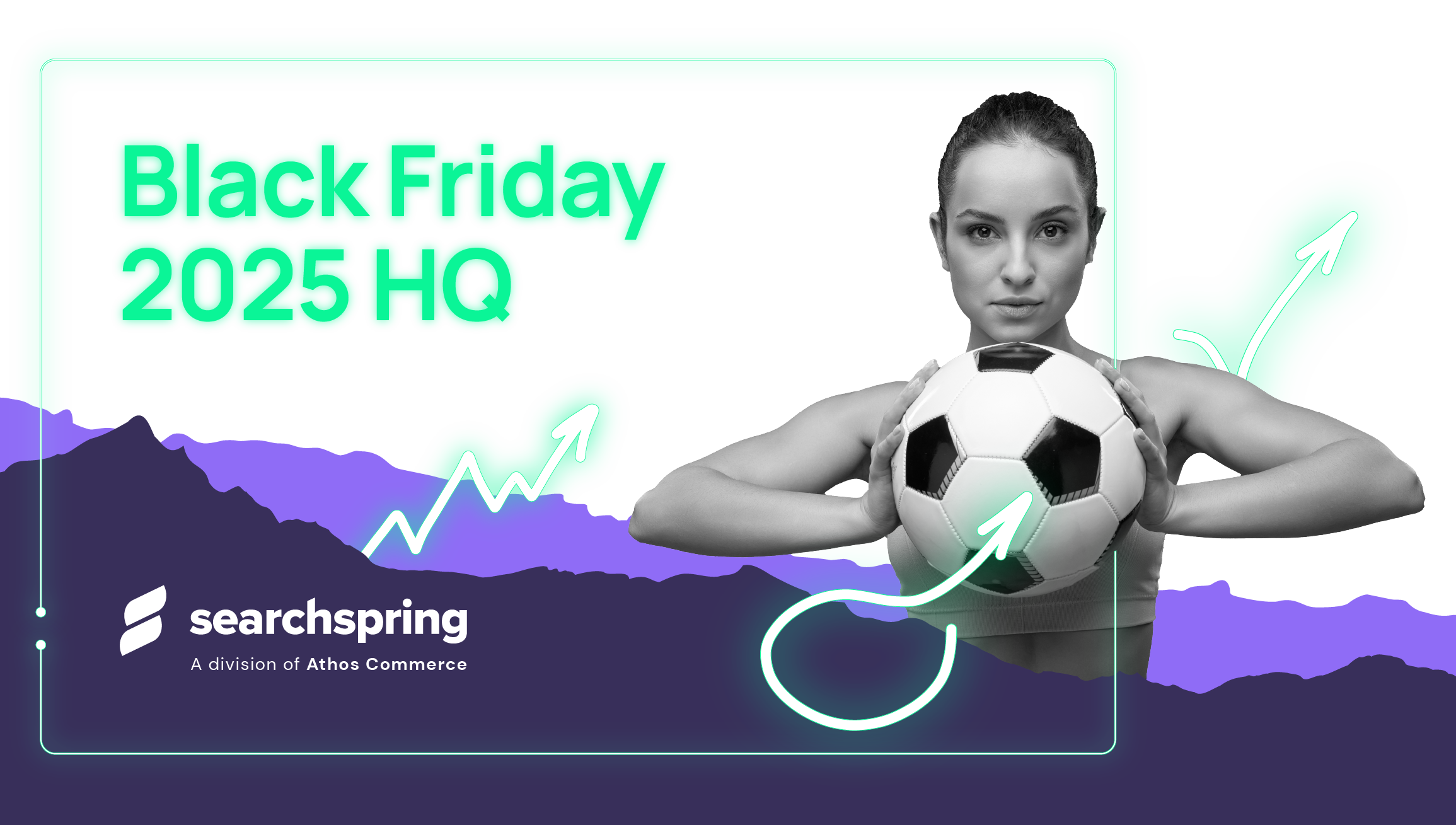On February 22nd at 12 pm EST/9 am PST, Searchspring and Codal hosted a 1-hour webinar where we discussed 4 ways to convert more browsers into buyers in 2023 through a modernized merchandising strategy.
When was the last time you optimized your merchandising strategy? Online merchandising best practices have come a long way. From personalizing product recommendations to optimizing website navigation, a sound strategy helps create a more enjoyable and effortless shopper experience for customers.
In this webinar, we explore how online merchandising has evolved over the years and the impacts it has had on customer journeys. We also discuss some of the best practices that brands can use to ensure they are delivering an exceptional customer experience and driving more sales in 2023.
To ensure your strategy is up-to-date, we discussed the following:
- Benefits of personalizing the shopper experience
- Importance of providing a consistent and relevant user experience
- Advantages of grouping related products
- Value of using data to adapt to customers
Ready to give your merchandising strategy a tune-up? View our webinar!




